T
emple 73, Shusshaka-ji, and Temple 72, Mandara-ji, are about a ten minute walk from each other. All the temples on the Mairi path are close to one another. Walking through the countryside – farmed parcels, ponds – calms my soul. Sometimes, access to a temple requires conquering a large hill or mountain on the way. That thought brings no joy. Still, I feel enveloped in nature’s goodness.
I imagine Kukai felt the same.


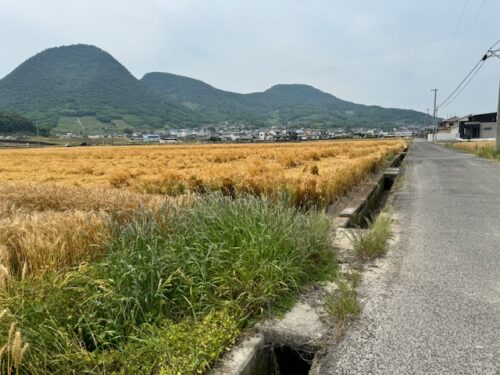
Even on a hot day…


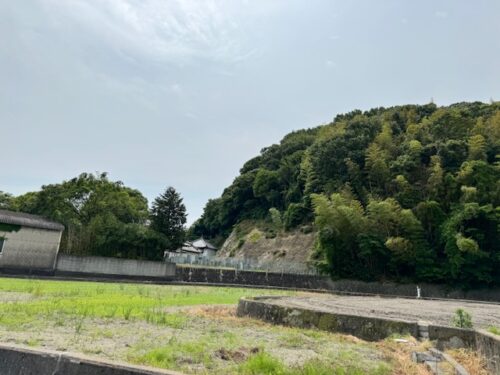
… the only way is forward!
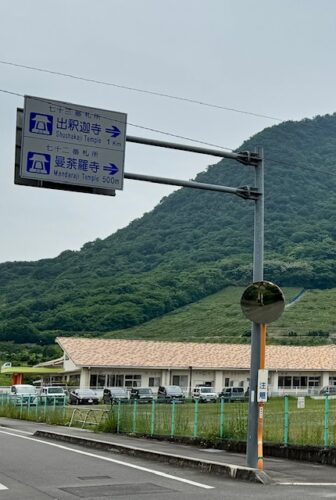
Surprise! I did not expect this overhead sign pointing to both temples 72 and 73.
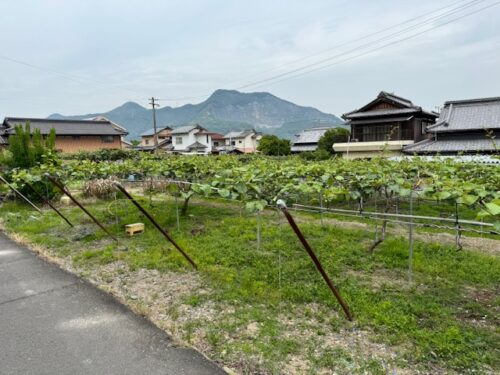
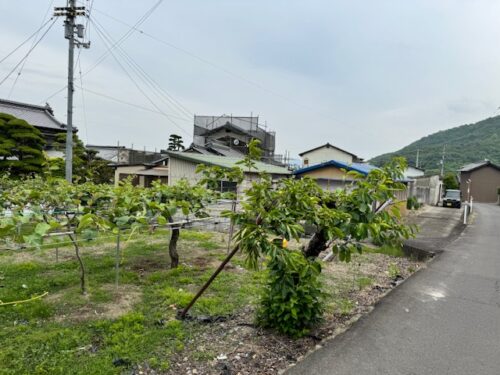
👣
72 Mandara-Ji
Mandala Temple

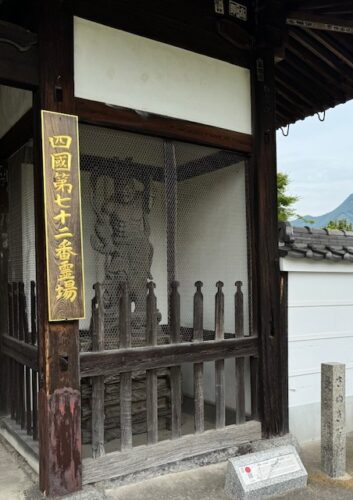
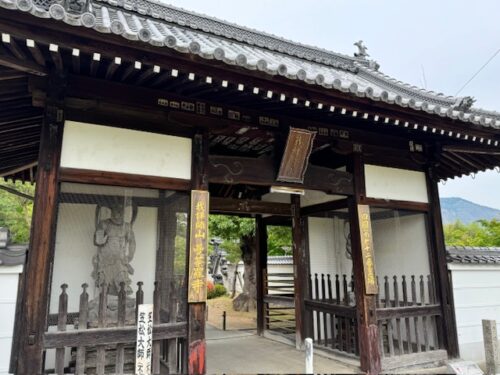
Rope sandals appear more frequently at temples on this part of the pilgrimage path.
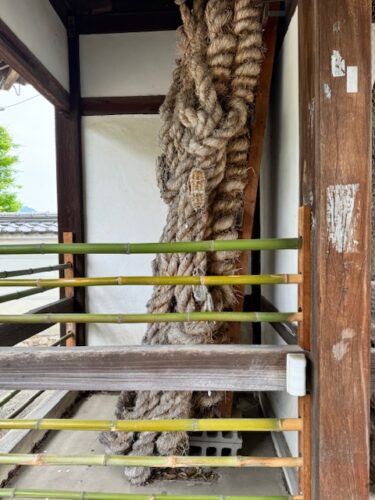

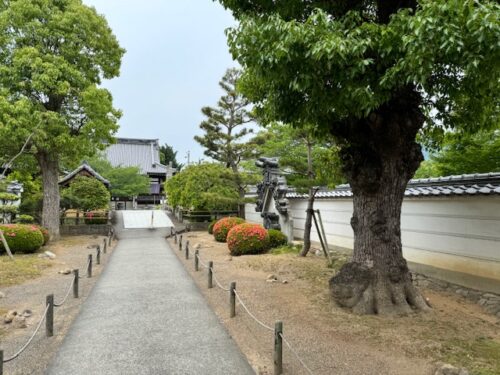


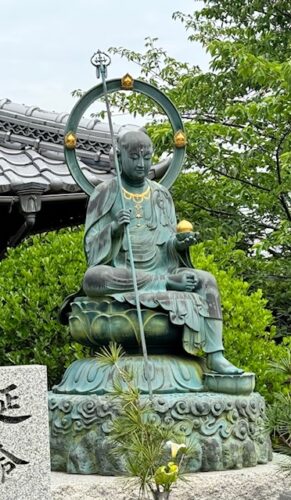
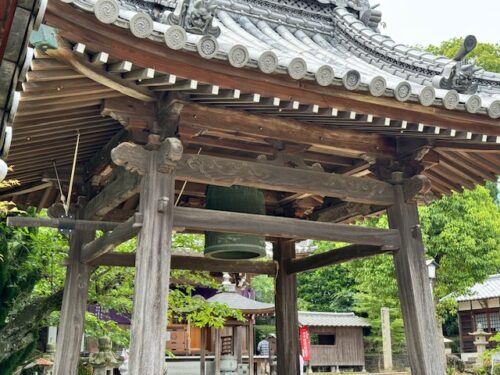

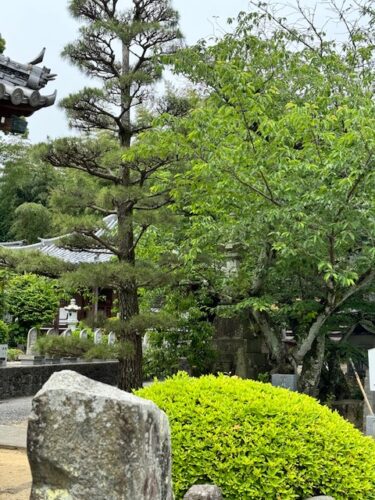
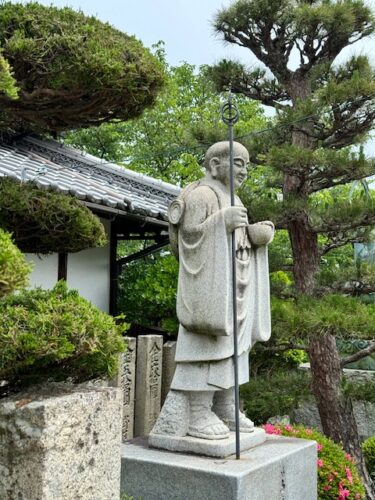
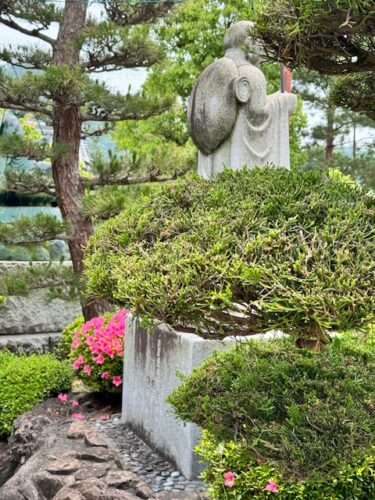


Renamed by Kukai
Mandara-ji was built as a temple of the Saeki family. They were lords of Sanuki and associated with Kukai’s family. After returning from China, Kukai visited this temple. He came to pray for the repose of the soul of his mother, Tamayori Gozen.
It took him three years to rebuild this temple complex modeled after Seiryuji Temple in China.
He also set up mandalas of the Diamond Realm and the Womb Realm which became central to Shingon Buddhist ritual. Then, Kukai renamed the temple from Yosaka-ji to Mandara-ji.
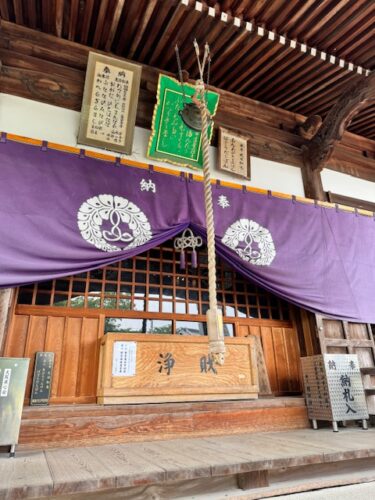
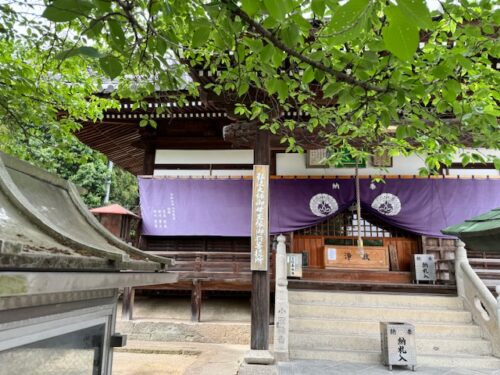
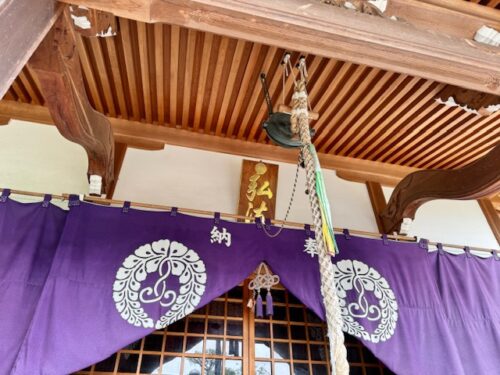
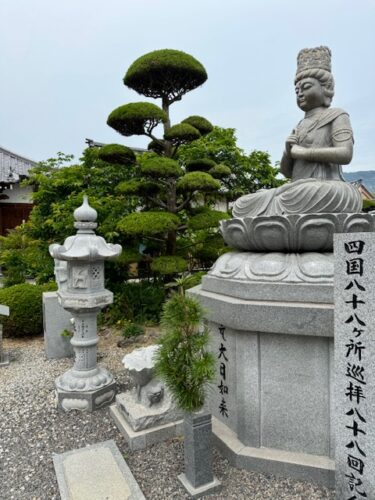
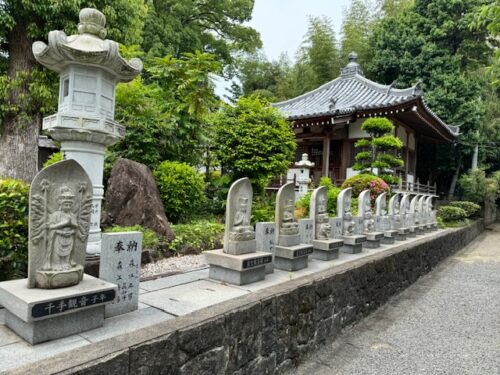
👣
73 Shusshaka-Ji
Temple Where Shaka Nyorai Appeared
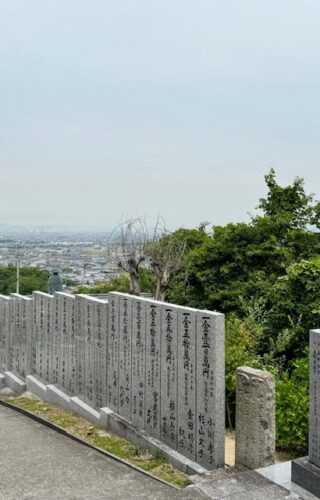

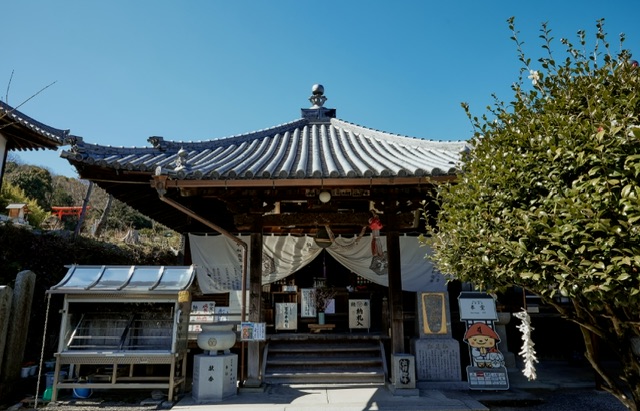
Shaka Nyorai, whose name in Japanese (Yakushi Nyorai) means “medicine teacher”, is the Healing Buddha.
According to Buddhist scripture, the Healing Buddha made 12 vows to heal the sick and ignorant and guide them on the path to salvation. His teachings act as a cure for human suffering.
Seshimigatake
One of the many legends of Kukai’s childhood.
According to legend, when Kūkai (then named Mao) was seven years old, he climbed the sacred mountain and declared, “I wish to enter the Buddhist school and save many people and sentient beings. If my wish is to be fulfilled, Lord Shakyamuni Buddha, please appear to me. If my wish is not to be fulfilled, I will offer my life to the Buddha”. Then he jumped off a cliff into the valley. As he fell, a heavenly maiden caught him, and Shakyamuni Buddha appeared promising that his wish would be fulfilled.
After coming of age, Kūkai climbed Mt. Gabaishi and maintained an ascetic lifestyle. He soon founded the temple and dedicated it to Shakyamuni Buddha.

The place where Kukai threw himself off the rock is an hour’s walk farther up Mt. Gabaishi. It is called Shashin-ga-Take (“Mountain of Risking One’s Life for Others”).
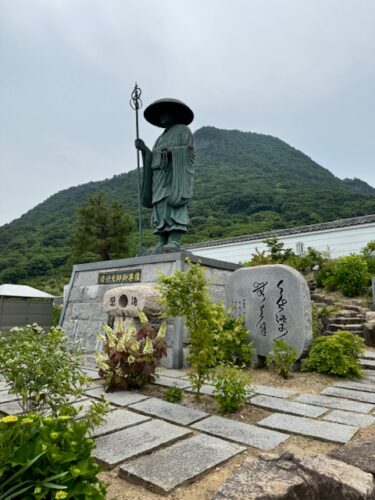
Bronze statue of Kukai.

Stone statue of Kukai.

Resting Buddha.
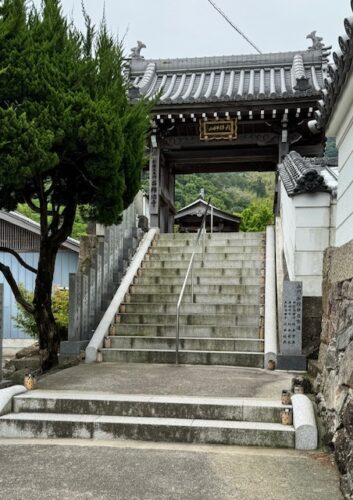
Sanmon gate.
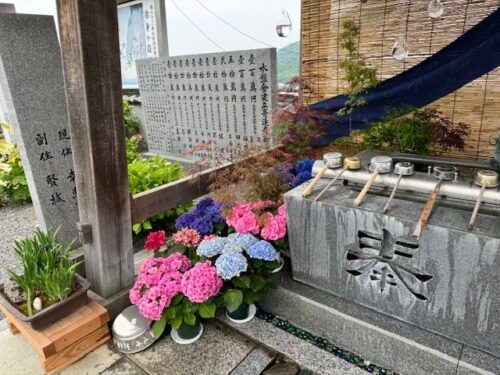
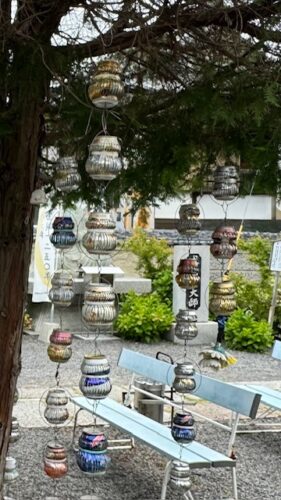
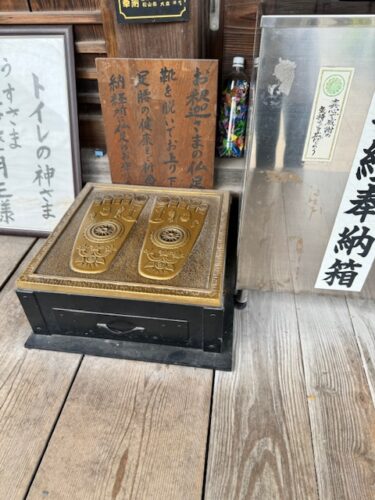


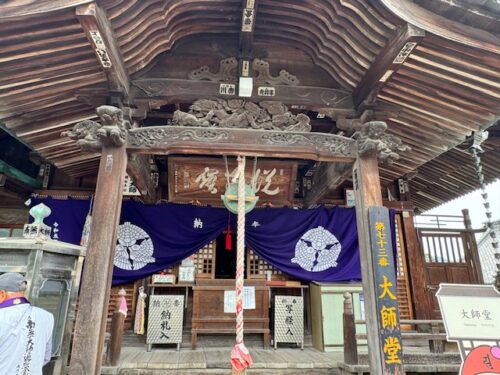
Daishi hall.
A blessing is a blessing
For the most faithful practitioners, the inner temple (original temple’s location) of Shusshakaji is a 50 minute walk up the mountain from the temple grounds. I will just say it is a long way up, but there is another option.
If you cannot climb up to the top, reciting the Gohogo sutra and praying here, you will receive the same amount of blessings.







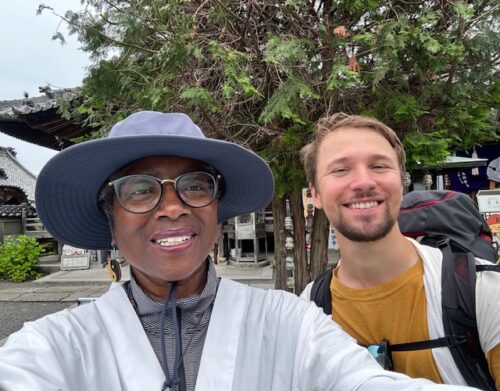
I ran into another ohenro at the temple!
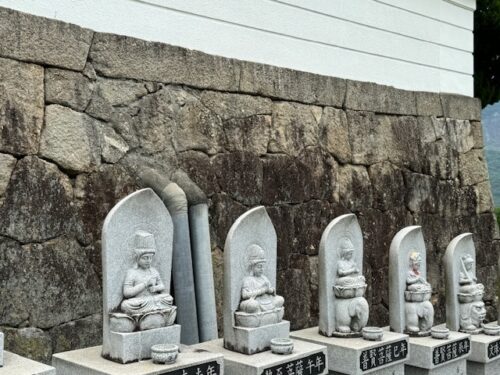
Buddhas in different life stages.
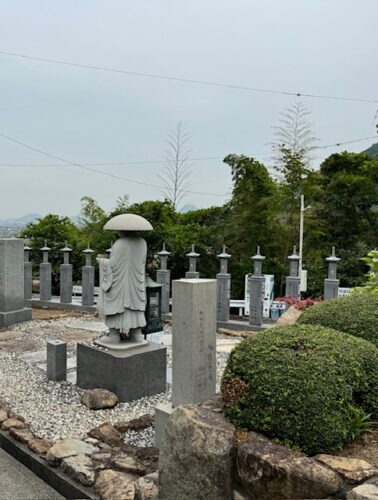

There’s a legend that when you leave the temple, you should never look back. If you do, you’ll return with the dead on your back.
And we don’t want that.

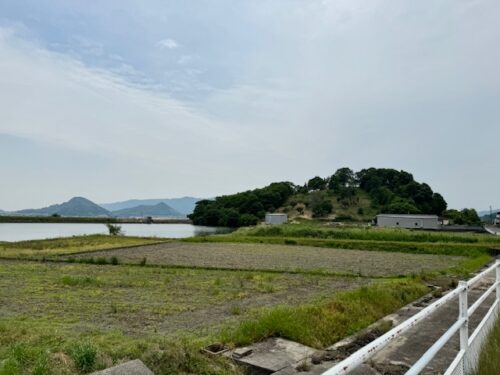
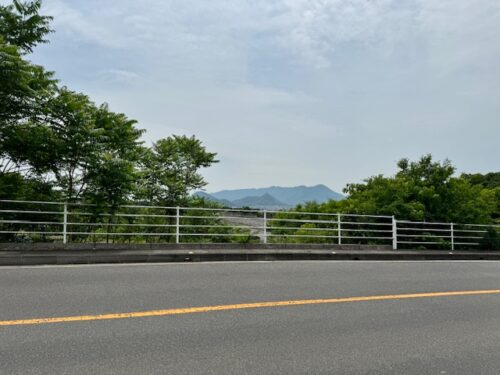
See you next time.
Baadaye and Mata Ne (またね)
Shirley J ♥️
This and several posts this summer will chronicle my pilgrimage in Japan where I am walking the 1200 kilometer-long Shikoku 88 temple pilgrimage. Read my announcement here.

T73, 72
